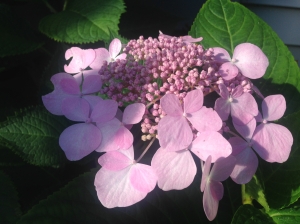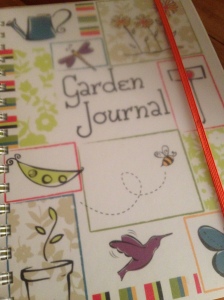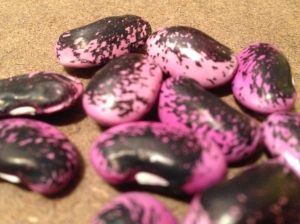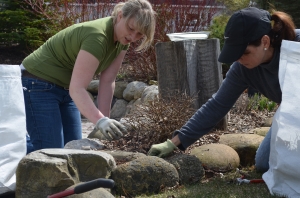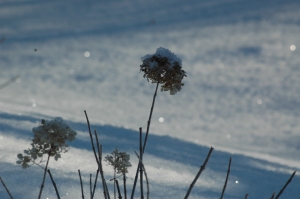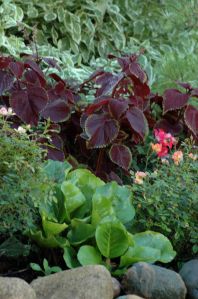To Prune or Not To Prune – Hydrangea Dilemias
As spring approaches, I find myself dreaming of beautiful Hydrangea flowers. I have 5 different varieties growing in my gardens. I am frequently asked how to care for Hydrangeas so that my customers can encourage and enjoy blossoms in their gardens too. Do you wonder when or how to prune your Hydrangeas?
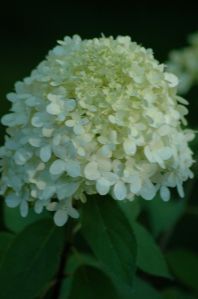
The first step to beautiful flowers is to determine the variety of your hydrangea. If your plant produces big pink or blue flowers, it is a variety of Hydrangea macrophylla, commonly referred to as a mophead hydrangea. If your plant produces round and white flowers, it is a variety of Hydrangea arborescens. If your Hydrangea has large, open conical shaped flowers you own Hydrangea paniculata.
If you are caring for mophead varieties, the first thing you must do is choose a cultivar that is hardy to Zone 5, preferably Zone 4. The best time to prune for shape is immediately after bloom in the summer. Some varieties may set blooms on new season wood, but all mopheads set flower buds on the previous year’s growth. Here in Northern Michigan we often have dieback due to late frosts. In late May, prune back stems to the first live bud.
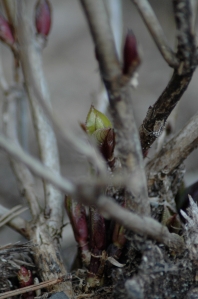
Early spring is also a good time to cut out dead stems all the way to the ground to encourage the plant to send up fresh growth.
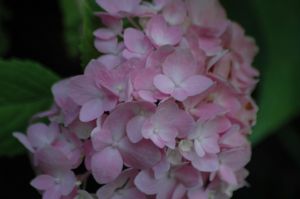
Hydrangea arborescens cultivars such as Annabelle, Incrediball, and Invincible Spirit all flower on new season growth. The best approach to control floppiness is to cut the entire plant down to a height of 8-10 inches in late fall or very early spring.
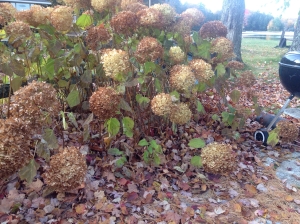
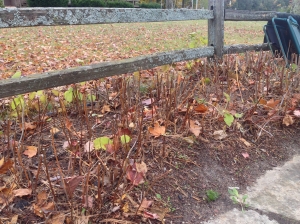
Hydrangea paniculata cultivars include Tardiva, Pink Diamond, Limelight and QuickFire. These beauties also flower on new season growth. They may be left tall if you prefer the height. To keep plants more compact and flowering fully, prune all wood back to a diameter equal to your pinky finger. You may be cutting the plant nearly to the ground, but spindly stems produce spindly flowers. This type of pruning is best done in late fall or very early spring. This will seem drastic but they will grow back!
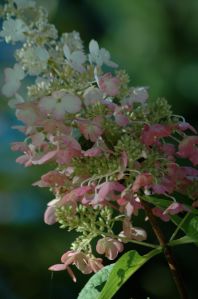
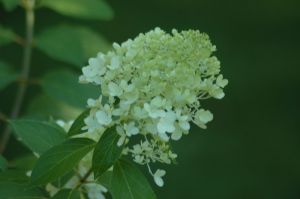
As always make sure to give your hydrangeas a good feed in the spring. The genetics of the plant determine bloom color. With some cultivars, soil pH can change color. If you have questions regarding proper fertilization and pH modification of your beautiful hydrangeas, The Mossy Tree would be happy to assist with recommendation and application.
Fortunately, even if you make a mistake in pruning, the Hydrangea will live on but just not flower for a season. They are a very forgiving bunch! Beautiful flowers can be yours starting with soil preparation, identifying which type of Hydrangea you have to work with, and a little hard work.
Now if the snow would just melt….


